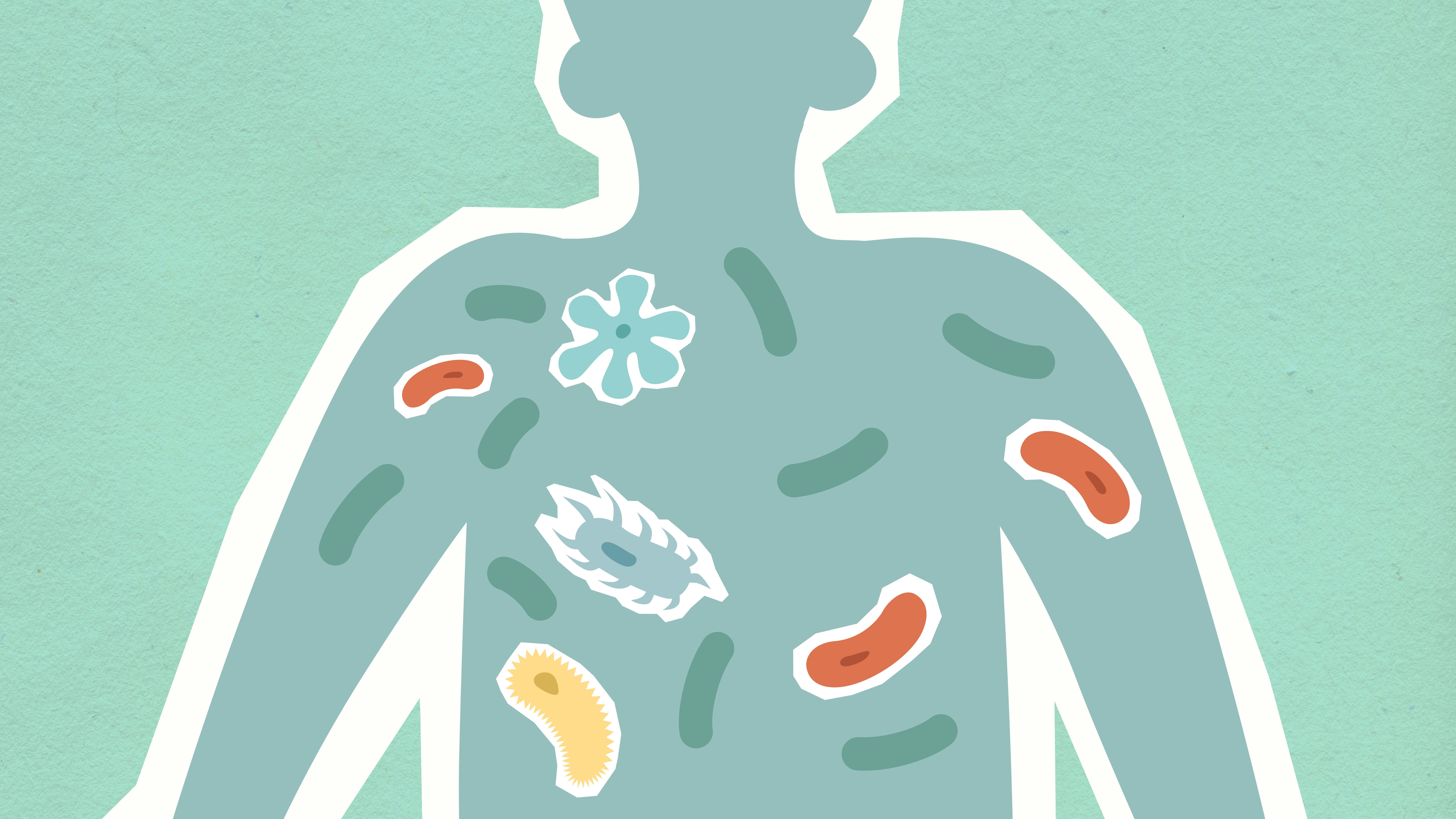Membrane distillation is an emerging membrane-based separation process that uses capillary forces generated by a hydrophobic membrane to separate water from other components in a solution. It is a thermally-driven process that uses the thermal differences between the feed solution and the permeate side of the membrane to transport water vapor through the membrane. The main advantages of membrane distillation are that it does not require high pressures, can be used for a wide range of feed solutions, and can operate at low temperatures. In addition, membrane distillation can be used to produce high purity permeate streams.Membrane Distillation (MD) is a membrane-based thermal process that uses the principles of vapor-liquid equilibrium and selective permeability of a hydrophobic membrane to separate dissolved solids from liquids. This process works by passing a feed liquid through the membrane, while maintaining a temperature differential between the two sides of the membrane. The vapor on the hot side passes through the membrane, while the liquid on the cold side is rejected. This separation method is particularly useful for treating wastewater, seawater, and brackish water since it can remove dissolved salts and other contaminants from these liquids.
Introduction to Membrane Distillation
Membrane distillation (MD) is a thermal membrane separation process which utilizes the difference in vapor pressure of the feed liquid between two compartments separated by a membrane. It is used for purification or concentration of liquid mixtures. The feed liquid is heated and vaporized in one compartment, and then diffuses across the membrane while condensing on the cooled side of the membrane. The vapor pressure difference between the two compartments drives diffusion, resulting in separation of components across the membrane. The process is often referred to as “vapor permeation” or “vapor-liquid pervaporation”. MD has recently been gaining attention as an environmentally friendly alternative to traditional thermal separation processes such as distillation, due to its low energy consumption and minimal emission of pollutants into the atmosphere.
Principles of Membrane Distillation
The principles of MD are based on two physical phenomena: heat transfer and mass transfer. Heat transfer occurs when heat is transferred from one compartment to another via conduction through the membrane, resulting in temperature gradients between compartments
Types of Membrane Distillation
Membrane distillation is a process of separating substances using a membrane and a temperature gradient. It is widely used in industries for purification, concentration, and separation of compounds. There are three main types of membrane distillation: vapor permeation, vapor compression, and air gap membrane distillation.
Vapor Permeation
Vapor permeation membrane distillation is the most common type of membrane distillation. In this process, steam passes through a hydrophobic membrane, which separates the water vapor from the non-volatile compounds. The vapor is then condensed on the other side of the membrane, leaving behind the non-volatile compounds. This type of membrane distillation is particularly useful for recovering volatile organic compounds from wastewater streams.
Vapor Compression
In vapor compression membrane distillation, a vacuum pump is used to create a partial vacuum on one side of the membrane. This draws the steam through the hydrophobic membrane and condenses it on the other side. The advantage of this method is that it does not require an external
Advantages of Membrane Distillation
Membrane distillation is a thermally driven separation process that uses hydrophobic membranes to enable vapor-liquid separations. It is a relatively new technology, but has become increasingly popular in the past few years due to its many advantages over other forms of distillation. The main advantages of membrane distillation include high efficiency, low energy consumption, low cost, and the ability to separate solutes with high selectivity.
One of the key benefits of membrane distillation is its high efficiency. The process can produce distillates with higher purity than traditional forms of distillation. This improved efficiency is due to the use of hydrophobic membranes which allow for a more selective separation. The membranes can also be used in combination with other processes such as reverse osmosis or nano-filtration for even more selective separations.
Another major advantage of membrane distillation is its low energy consumption. Traditional forms of distillation require large amounts of energy to heat up the material being distilled and maintain temperatures that are necessary for the process to occur. In contrast, membrane distillation requires much less
Advantages of Membrane Distillation
Membrane distillation is a thermal separation process that uses a hydrophobic membrane to separate components from a liquid solution. It is an energy-efficient process and requires low operating costs compared to other thermal separation processes. It can also be used in the purification of liquids, as it offers high selectivity for the separation of different components. Furthermore, membrane distillation has high tolerance to fouling and can be used in the treatment of water with high salinity. The process is also suitable for operation at low temperature, which makes it suitable for applications in cold areas or regions with limited energy resources. Additionally, membrane distillation has low energy consumption compared to other processes, making it more environmentally friendly and cost-effective.
Disadvantages of Membrane Distillation
One of the main disadvantages of membrane distillation is its relatively low flux rate compared to other thermal separation processes. This means that more membranes are needed for larger operations, increasing capital costs and reducing process efficiency. Additionally, since the process operates under vacuum conditions, there is a risk of air leakage into the

Membrane Distillation
Membrane distillation is a type of thermal desalination process which uses hydrophobic membrane to separate dissolved solids from liquid. It involves passing the feed solution through a membrane with a small pore size that allows only water molecules to pass through it while rejecting the dissolved salts. The process is driven by applying a temperature difference between two sides of the membrane. As the liquid on the cold side of the membrane evaporates, it is drawn through the membrane as vapor, leaving behind impurities and salts, and condensing into clean water on the warm side of the membrane. This process can be used for desalination of brackish or sea water and for purification of wastewater.
Applications of Membrane Distillation
Membrane distillation can be used for a variety of applications such as desalination, industrial wastewater treatment, chemical separation, and food processing. In desalination, it is used for dewatering brackish or sea water to produce drinking water. It is also used in industrial wastewater treatment plants to remove pollutants and contaminants from process effluents
Membrane Distillation Working Mechanism
Membrane distillation is an advanced membrane-based separation process used to separate components from a liquid mixture. It is a thermal process that uses a semi-permeable membrane to separate liquids with different boiling points. The process works by using two chambers, one at low pressure and the other at high pressure. A heat source is used to create a temperature gradient across the membrane. The lower pressure chamber has a higher vapor pressure than the higher pressure chamber, which causes liquid molecules to evaporate on one side and condense on the other side of the membrane. When this happens, pure water or other desired components are collected from the high-pressure side of the membrane as permeate while heavier contaminants remain behind on the low-pressure side of the membrane as concentrate.
Membrane distillation can be used to purify or desalinate water, separate different types of liquids, or remove solutes from solutions. It is especially useful for treating wastewater because it can remove both organic and inorganic pollutants from wastewater streams without generating hazardous byproducts. Membrane distillation has many advantages over traditional treatment methods such
Temperature Gradient
Temperature gradient is one of the most important parameters in membrane distillation as it determines the rate of water vapor transfer across the membrane. The larger the temperature difference between the feed and permeate streams, the higher the driving force for water vapor to transfer across the membrane. Generally, a temperature increase of 10-20°C between feed and permeate streams will result in an up to threefold increase in permeate flux. However, too high temperature difference can reduce selectivity due to increased vapor pressure on both sides of the membrane. Therefore, a balance must be struck between maximum flux and maximum selectivity when selecting a temperature gradient for a given application.
Feed Concentration
The feed concentration plays an important role in determining the performance of membrane distillation systems. In general, increasing feed concentration increases both flux and selectivity. This is because higher feed concentrations result in higher driving forces for water vapor transport across the membrane due to increased water vapor pressure at higher salt concentrations. However, too high feed concentrations can lead to membrane fouling due to suspended particles or non-volatile salts, which can have negative impacts on

Conclusion
Membrane distillation is a promising technology that has the potential to address a range of water treatment challenges, from industrial wastewater reuse to desalination. It has been successfully used in a variety of applications and is especially attractive given its low energy requirements and simple operation. Membrane distillation processes may even be able to reduce costs associated with wastewater disposal, as they can recover valuable by-products from wastewater streams. While still relatively new, membrane distillation technologies are rapidly developing and may soon become one of the most important tools in water treatment and reuse.
Membrane distillation can also offer an effective solution for mitigating the effects of climate change. As the global population continues to grow, there will be an increasing need for clean and safe drinking water. By reducing energy requirements and improving overall efficiency, membrane distillation processes can help mitigate the environmental impacts of desalination plants while providing a reliable source of freshwater. With further research and development, membrane distillation may soon become an integral part of our global water infrastructure.

